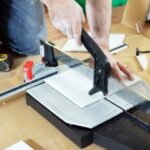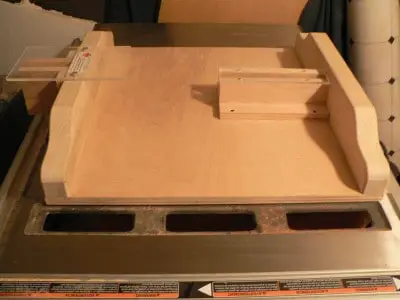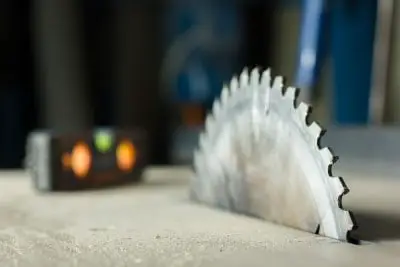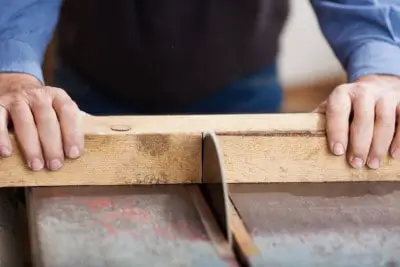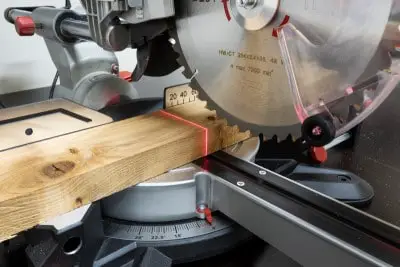Area rugs can be an elegant and functional addition to any home. Over time, though, they tend to accumulate dirt, debris, and stains that can be difficult to remove. I recently discovered that cleaning an area rug with a pressure washer can produce great results and save a lot of time and effort.
Before diving into the cleaning process, it’s important to be familiar with the right supplies and techniques. A pressure washer, a bucket, a hose, and a cleaning solution are essential for this task source. Additionally, using a lower-powered tip with a wider spray design and holding the wand at a proper distance is crucial for avoiding accidental damage to the rug source. With these tools and tips in mind, I can now confidently tackle the task of cleaning an area rug with a pressure washer.
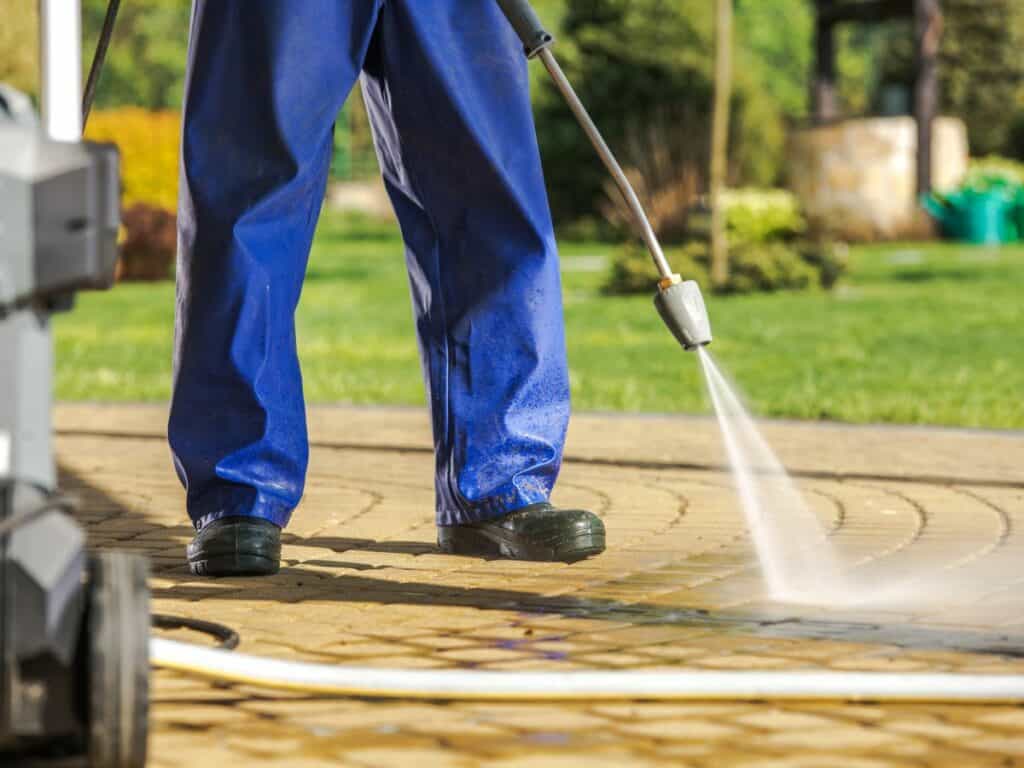
Why Use a Pressure Washer for Area Rug Cleaning
Advantages of Using a Pressure Washer
As someone who has experience with cleaning area rugs, I’ve found that using a pressure washer provides several benefits. First and foremost, it’s an efficient way to remove dirt, grime, and stains from your rug. The high-pressure stream of water is powerful enough to break up even the most stubborn spots, yet gentle enough not to damage the rug fibers.
Another benefit of using a pressure washer for area rug cleaning is time-saving. Traditional methods, like scrubbing by hand, can be time-consuming and labor-intensive. With a pressure washer, I can cover a large surface area in less time, making the cleaning process quicker and more convenient.
Furthermore, using a pressure washer for area rug cleaning can be cost-effective. Many area rugs are expensive and delicate, so it’s essential to take care of them properly. Opting for professional cleaning services can be costly, but with a pressure washer, I can achieve professional results at a fraction of the price.
Finally, using a pressure washer is environmentally friendly. When I clean my area rug with a pressure washer, I use less water compared to traditional cleaning methods. This not only reduces water waste but also minimizes the amount of cleaning solution needed.
In summary, cleaning an area rug with a pressure washer has several advantages, such as efficiency, time-saving, cost-effectiveness, and eco-friendliness. Once you try this method, you’ll likely never want to clean an area rug any other way.
Choosing the Right Pressure Washer for Your Rug
Selecting the Right PSI
When it comes to using a pressure washer for cleaning area rugs, it’s essential to choose the correct pressure level measured in pounds per square inch (PSI). I recommend opting for a pressure washer with adjustable PSI settings. Generally, a PSI range between 500 and 2000 is suitable for cleaning most area rugs without causing damage. Lower PSI levels work for delicate, natural fiber rugs, while higher PSI levels are suitable for more robust, synthetic materials.
Type of Pressure Washer
There are mainly two types of pressure washers – electric and gas-powered. For rug cleaning, I suggest using an electric pressure washer, as they tend to be more user-friendly and produce less noise. Additionally, electric pressure washers typically have lower PSI levels, which is ideal for the delicate cleaning of rugs. Gas-powered pressure washers, on the other hand, are more suitable for heavy-duty cleaning tasks but can be too powerful and potentially damage your rug.
Nozzle Options
Another essential aspect to consider is the type of nozzle attachment I need for my pressure washer. Pressure washer nozzles come in different sizes and spray patterns, and choosing the right one ensures thorough but gentle cleaning of my area rug. Here’s a quick guide to help pick the appropriate nozzle:
- 0-degree nozzle: Thin, high-pressure jet; not recommended for rug cleaning as it can be damaging.
- 15-degree nozzle: Produces a broader, fan-shaped spray; suitable for spot cleaning but still potentially damaging for delicate materials.
- 25-degree nozzle: Wider, fan-shaped spray; ideal for most rugs, as it provides a gentle but effective cleaning.
- 40-degree nozzle: The broadest spray pattern; very suitable for delicate materials and ensures minimal risk of damage.
To ensure the best cleaning result while minimizing any potential harm, I opt for a 25-degree or 40-degree nozzle and adjust my distance from the rug to control the pressure accordingly.
Preparation Before Cleaning the Rug
Selecting an Appropriate Location
Before I start cleaning my area rug with a pressure washer, it is essential to select an appropriate location for the task. Ideally, I prefer using a flat, spacious area, such as a driveway or a paved backyard. I avoid using a wooden deck as the pressure washer can cause damage to the deck’s surface. Additionally, I ensure that the chosen location has easy access to water and a power supply for the pressure washer.
Removing Dust and Dirt
As a crucial step in preparing my rug for pressure washing, I begin by removing any loose dust and dirt from the rug. Vacuuming the rug thoroughly would help in this process, as it gets rid of debris that might otherwise cause problems during pressure washing. Moreover, vacuuming prevents any existing stains from getting further embedded in the rug’s fibers.
Assessing Stains and Damage
After vacuuming my area rug, I take the time to inspect the rug closely for any particular stains or signs of damage. It’s essential for me to identify the type and origin of these stains, as it determines the most suitable cleaning solution to use during the pressure washing process. If I notice any significant damage or color fading on my area rug, I might consider seeking professional help to ensure proper care and restoration.
Step-by-Step Guide to Cleaning Your Area Rug
Applying the Cleaning Solution
Before using a pressure washer, I start by preparing a cleaning solution. I mix two capfuls of mild liquid dish soap in a bucket of warm water, as suggested by Tom’s Guide. This soapy water mixture will act as my detergent. Now, I evenly apply the cleaning solution to the rug using a soft brush, ensuring to work it into the rug fibers. I let the solution sit for a couple of minutes to break down any dirt and grime.
Rinsing the Rug
After the cleaning solution has worked its magic, it’s time to rinse the rug. I use a pressure washer, ensuring not to put it on the highest setting to avoid damaging the rug fibers. As advised by The Home Depot, I start at one end of the rug and move my way across until the water runs clear. If needed, I repeat the process to ensure all the detergent is completely rinsed off.
Removing Stains and Spots
During the cleaning process, I keep an eye out for any stubborn stains or spots that are still present. In case I find any, I follow Better Homes & Gardens’ advice by using a solution made from 1 teaspoon liquid dish detergent, 1 quart of warm water, and 1/4 teaspoon of white vinegar. I apply the mixture to the stain, rinse it off, and then blot the area dry. For coffee or tea stains, I use the same detergent mix, rinse, and blot technique, but if the stain still remains, I resort to using a commercial spot carpet cleaner.
Once my rug is thoroughly cleaned and rinsed, I remove any excess water by pushing a squeegee in parallel rows from one side to the other, following the grain of the rug fibers as advised by The Home Depot. Afterward, I lay the rug flat on a clean surface, allowing it to air-dry completely before placing it back in my space.
Additional Tips and Techniques
Type of Rug
When cleaning an area rug with a pressure washer, it’s essential to consider the rug’s material. For instance, cleaning a wool rug requires extra caution, as its delicate fibers can be easily damaged. On the other hand, a polyester rug can handle a bit more pressure, but it’s still essential to maintain a safe distance with the washer wand. Oriental rugs may need special care; always check the manufacturer’s instructions before attempting to pressure-wash them.
Type of Detergent and Water Temperature
Choosing the right detergent is key to effectively cleaning an area rug. A mild liquid detergent with antibacterial properties is a good choice, as it can efficiently remove dirt and eliminate bacteria without damaging the rug’s fibers. You can also use a gel stain remover for stubborn stains. Regarding water temperature, it’s better to stick with cold water when cleaning an area rug. Hot water might be too harsh, especially for delicate materials like wool.
Brush and Broom Usage
To enhance cleaning efficiency, it’s helpful to use a soft-bristle brush or a cotton brush to gently scrub the rug after applying the detergent solution. This step helps to dislodge dirt particles and ensures a thorough cleaning. After rinsing the rug with the pressure washer, you can use a broom to sweep away any remaining debris and help the rug dry faster.
- Remember that it’s crucial to strike a balance between cleaning effectiveness and protecting the rug’s fibers.
- Always maintain a safe distance (about 0.3 meters) between the pressure washer wand and the rug’s surface.
- Conduct a spot test before applying detergent and pressure washing the entire rug, especially for delicate materials.
By following these tips and techniques, I can effectively clean my area rug using a pressure washer without causing any damage to the rug’s fibers or colors.
Drying Your Area Rug
Methods of Drying
After cleaning my area rug with a pressure washer, I use a few essential methods to dry it quickly and properly. My go-to method is hanging the rug on a sturdy clothesline or railing outdoors. By doing so, I allow the air to circulate around both sides of the rug, ensuring a faster and even drying process. If it’s not possible to hang my rug outdoors, I opt for a well-ventilated indoor space with ample airflow.
Sometimes, I use a wet-dry vacuum to suck out excess water from the rug. This significantly speeds up the process, especially when dealing with my wool area rugs which tend to retain more moisture. Regardless of the method, I always remember to be gentle while handling the damp rug, as it’s more susceptible to damage.
Drying Time
The drying time for area rugs varies depending on factors such as the rug’s material, the weather conditions, and the method employed for drying. Generally:
- Synthetic rugs: I find that they take about 3-6 hours to dry, depending on the thickness and weather conditions.
- Wool rugs: In my experience, they may take up to 12 hours or more to dry completely, as wool fibers tend to retain more moisture.
To speed up the drying time and prevent any mildew growth, I make sure to maintain an outdoor cleaning setup with ample sunshine and air movement. If drying indoors, I maintain a well-ventilated space and may use fans to aid air circulation. It’s essential to remember never to put the rug back in its place until it is thoroughly dry, as any residual dampness could lead to mold and mildew issues over time.
Conclusion
In my experience, cleaning an area rug with a pressure washer is efficient and effective. I’ve learned that it’s important to start with a low-powered tip and a wider spray pattern. This approach helps prevent damage to the rug and ensures proper cleaning. As I slowly bring the wand closer to the rug, the dirt and debris are removed thoroughly without causing any harm to the fibers.
Additionally, I’ve found that using a pressure washer with a pressure of 1600 to 1800 PSI is sufficient for this task1. When choosing a detergent, I opt for a mild cleaning solution specifically designed for area rugs. I always make sure to test the solution on a small, inconspicuous area of the rug before proceeding with the entire cleaning process.
Lastly, it’s essential to select a suitable cleaning station to clean the area rug. I prefer a flat wooden deck or a concrete floor, both of which provide a solid surface for the pressure washing process. Ultimately, pressure washing an area rug is a valuable method for maintaining its appearance and ensuring it remains in excellent condition.



